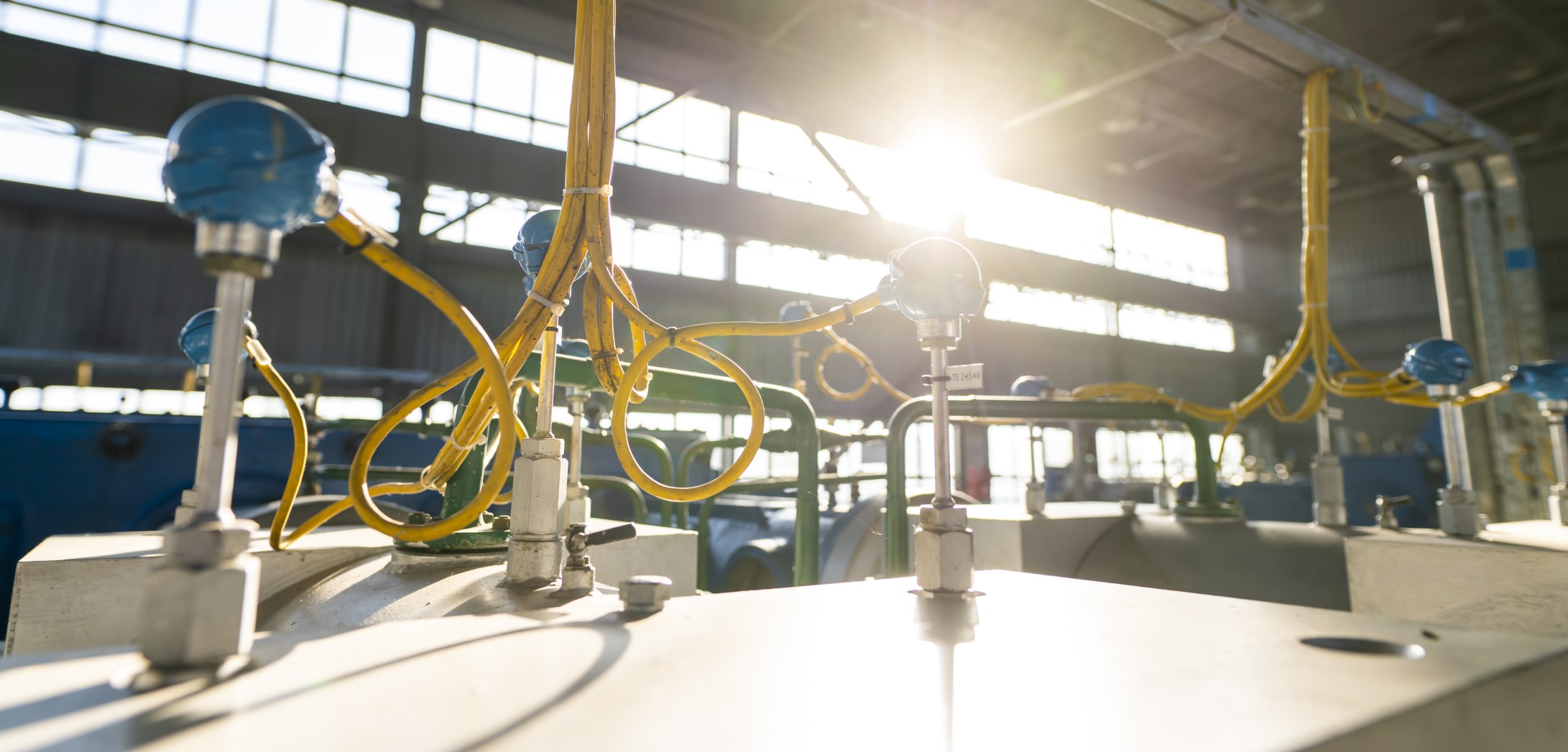The Fourth Industrial Revolution, also known as Industry 4.0, is influencing almost all branches of manufacturing. The concept uses and integrates various digital techniques, including the Internet of Things (IoT), Big Data, smart sensors and Augmented Reality (AR), in order to fully automate the production process and pass some decision making on to the artificial intelligence (AI) level.
This major industrial trend has had an impact on the gas, fuels and energy sectors and has allowed companies to digitally optimise most of their business areas. According to the Digital Oilfield Market report published by MarketsandMarkets, the global Digital Oilfield Market is expected to grow by 26% on 2019, to USD 30.4bn by 2024.
An example of an industrial process digitalisation project implemented in Poland is the Integrated Deposit Management System supporting the efforts to optimise PGNiG’s production operations. Geologists, field and production engineers and economists are involved in exploration for and extraction of mineral resources. Massive amounts of data are generated, stored and used in each of these fields. The Digital Field platform integrates the results of work of specialists across various disciplines into a single field model, facilitating optimum use of the data. The digital model is used to simulate various scenarios for production from several fields at a time, increase forecast accuracy, optimise the drilling programme, analyse the effects of planned capital projects (CAPEX) and optimise energy consumption (OPEX) and supply chains.
As an unavoidable effect of ongoing digitalisation and advancement of Industry 4.0, companies have started to generate and accumulate a new type of resource: data. In contrast to primary applications which used the most recent data describing process status, advanced applications increasingly value historical data. The latter can be used to develop a plant and machinery failure prediction model, optimise production processes, enable virtual exploration for natural resources, etc. Companies in traditional industries still have a rather limited knowledge of what data they have, how they can use it and what its potential value is. This will change over time, and for the most active and agile sector companies data and data-based services may even become a new business line. Before they explore and actually use the newly-built asset, companies must face a number of new challenges and tasks involving an informed approach to data, information and knowledge management by implementing, for instance, Data Governance processes and solutions (for more information, see W kierunku energii przyszłości [Towards the energy of the future], a report published by PGNiG in 2019 – link).
